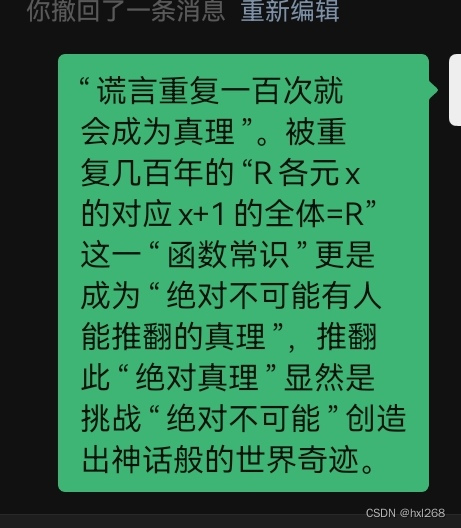在Java的并发编程中,线程、volatile关键字、原子性、临界区以及DelayQueue是一些重要概念。理解这些内容对于编写高效且线程安全的程序至关重要。

1. 线程的基本概念
Java中的线程是程序执行的最小单位。Java提供了多种创建线程的方式,最常用的方式是继承Thread类或实现Runnable接口。
示例代码
class MyThread extends Thread {
@Override
public void run() {
System.out.println("Thread is running");
}
}
public class ThreadExample {
public static void main(String[] args) {
MyThread thread = new MyThread();
thread.start();
}
}
原理分析
线程的创建和管理是由JVM和操作系统共同完成的。JVM通过线程调度算法,决定哪个线程在什么时间执行。
2. volatile关键字
volatile关键字用于修饰变量,确保对该变量的读写操作是可见的。
示例代码
class VolatileExample {
private volatile boolean running = true;
public void run() {
while (running) {
// do something
}
System.out.println("Stopped");
}
public void stop() {
running = false;
}
public static void main(String[] args) throws InterruptedException {
VolatileExample example = new VolatileExample();
Thread thread = new Thread(example::run);
thread.start();
// 让线程运行一段时间
Thread.sleep(1000);
example.stop();
}
}
原理分析
使用volatile保证了变量的可见性,并禁止指令重排序,提升了并发效率。
3. 原子性
原子性是指一个操作要么全部完成,要么全部不执行。Java中可以通过Atomic类实现原子操作。
示例代码
import java.util.concurrent.atomic.AtomicInteger;
class AtomicExample {
private AtomicInteger count = new AtomicInteger(0);
public void increment() {
count.incrementAndGet();
}
public int getCount() {
return count.get();
}
}
public class Main {
public static void main(String[] args) {
AtomicExample example = new AtomicExample();
example.increment();
System.out.println("Count: " + example.getCount());
}
}
原理分析
Atomic类使用CAS(Compare And Swap)算法实现原子性,避免了使用锁带来的性能损失。
4. 临界区
临界区是指访问共享资源的代码区域。通过synchronized关键字或显式锁来管理临界区。
示例代码
class CriticalSection {
private int count = 0;
public void increment() {
synchronized (this) {
count++;
}
}
public int getCount() {
return count;
}
}
原理分析
使用synchronized可以防止多个线程同时访问临界区,从而避免数据竞争,但可能导致性能瓶颈。
5. DelayQueue
DelayQueue是一个实现了BlockingQueue接口的队列,主要用于实现延迟任务。
示例代码
import java.util.concurrent.DelayQueue;
import java.util.concurrent.Delayed;
import java.util.concurrent.TimeUnit;
class DelayedItem implements Delayed {
private final long delayTime;
private final long expirationTime;
public DelayedItem(long delayTime) {
this.delayTime = delayTime;
this.expirationTime = System.currentTimeMillis() + delayTime;
}
@Override
public long getDelay(TimeUnit unit) {
return unit.convert(expirationTime - System.currentTimeMillis(), TimeUnit.MILLISECONDS);
}
@Override
public int compareTo(Delayed o) {
return Long.compare(this.expirationTime, ((DelayedItem) o).expirationTime);
}
}
public class DelayQueueExample {
public static void main(String[] args) throws InterruptedException {
DelayQueue<DelayedItem> queue = new DelayQueue<>();
queue.put(new DelayedItem(5000));
System.out.println("Waiting for item...");
DelayedItem item = queue.take(); // 等待5秒
System.out.println("Item is taken after delay");
}
}
原理分析
DelayQueue使用优先级队列管理元素,当调用take()方法时,线程会被阻塞,直到队列中有可用元素。
6. 结论
理解Java中的线程、volatile、原子性、临界区和DelayQueue的概念,有助于我们编写高效且安全的多线程程序。在并发编程中,选择合适的工具和方法,是编写高质量代码的关键。



















